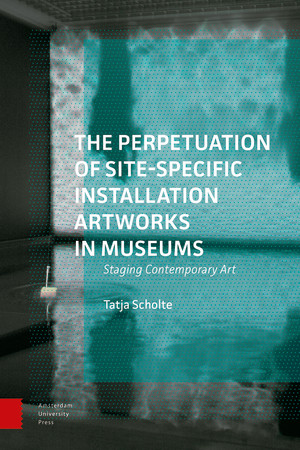Tatja Scholte is an art historian and conservation scholar at the Cultural Heritage Agency of the Netherlands. She coordinated several European projects in the conservation of contemporary art and, together with Glenn Wharton, coedited Inside Installations: Theory and Practice in the Care of Complex Artworks (Amsterdam University Press, 2011).

